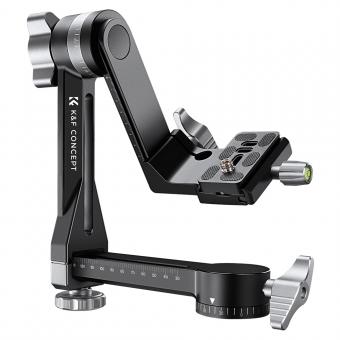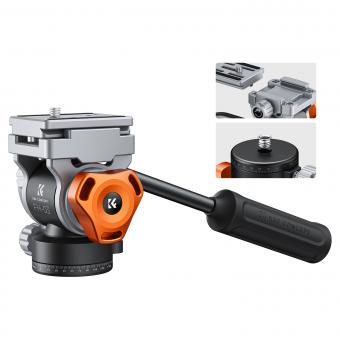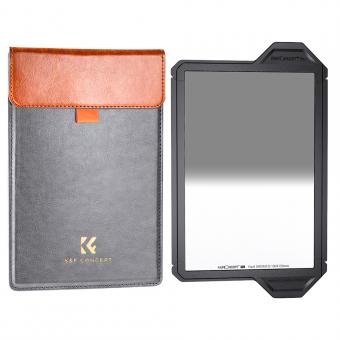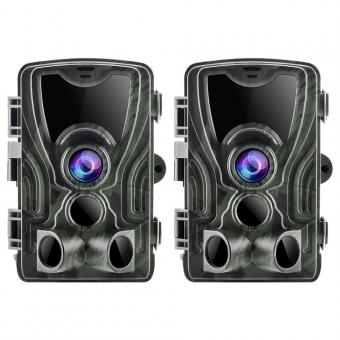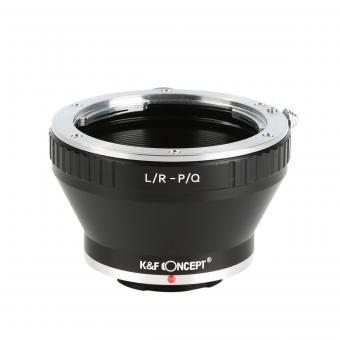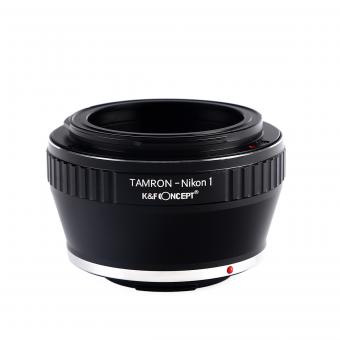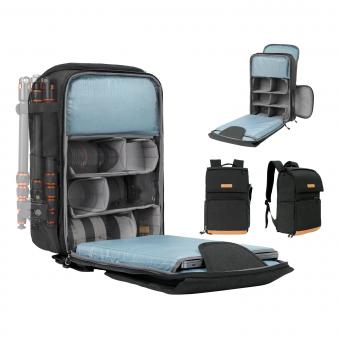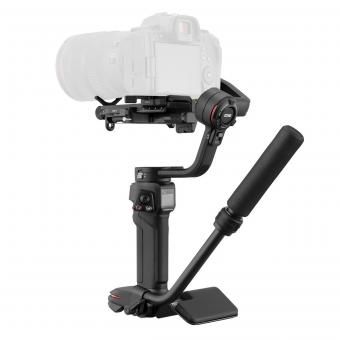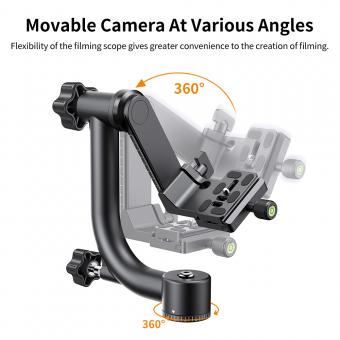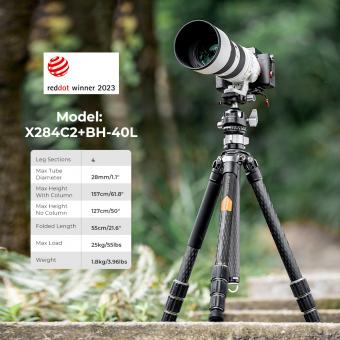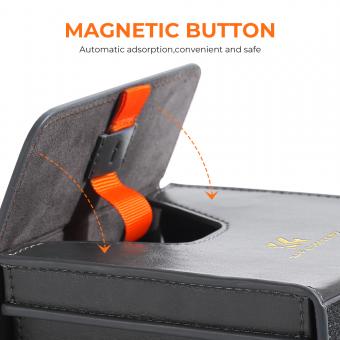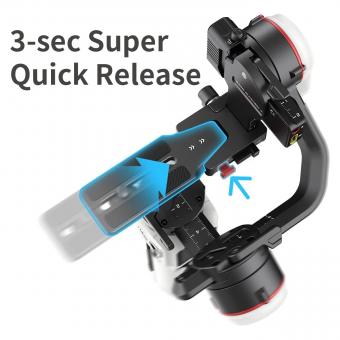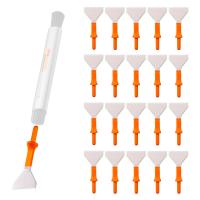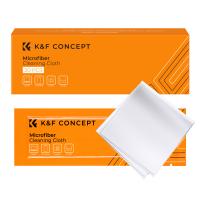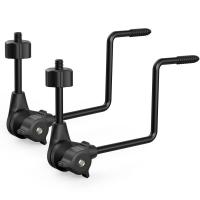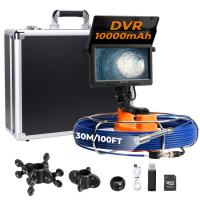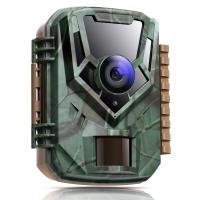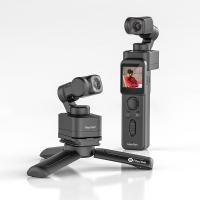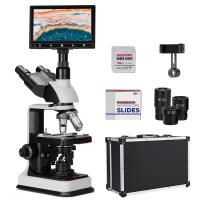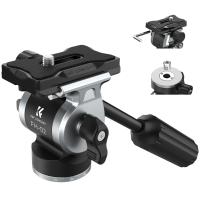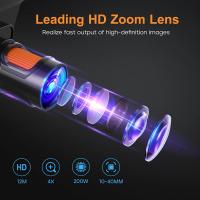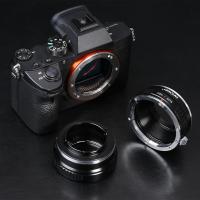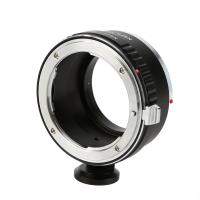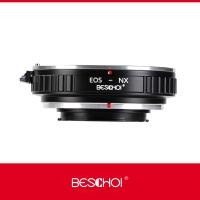What Is Gimbal Stabilization ?
Gimbal stabilization is a technology used to stabilize cameras, drones, and other devices that capture video or images. It involves the use of a motorized gimbal, which is a pivoted support that allows the device to rotate around one or more axes. The gimbal is equipped with sensors that detect any movement or vibration and then adjust the position of the device to keep it steady. This results in smooth and stable footage, even when the device is moving or vibrating. Gimbal stabilization is commonly used in filmmaking, photography, and videography, as well as in the development of drones and other unmanned aerial vehicles.
1、 Definition of gimbal stabilization
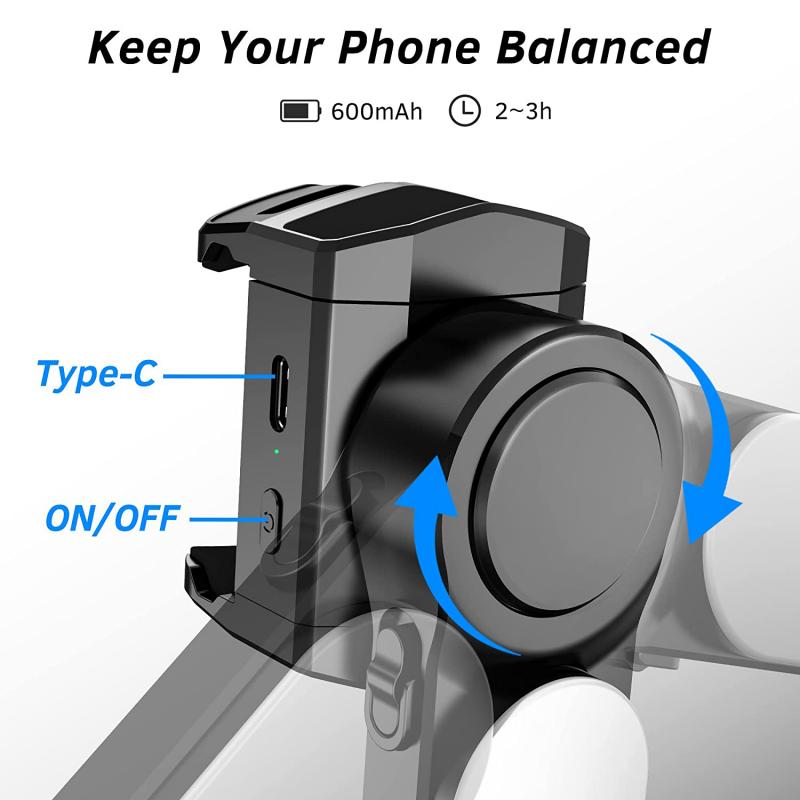
What is gimbal stabilization? Gimbal stabilization is a technology used in cameras, drones, and other devices to keep them steady and level while in motion. It works by using a system of motors and sensors to detect and counteract any movement or vibration, resulting in smooth and stable footage.
The gimbal stabilization system consists of three axes: pitch, roll, and yaw. The pitch axis controls up and down movement, the roll axis controls side-to-side movement, and the yaw axis controls rotation. By constantly adjusting these axes, the gimbal can keep the camera level and steady, even when the device is moving or shaking.
Gimbal stabilization has become increasingly popular in recent years, particularly in the world of videography and photography. It allows for smoother and more professional-looking footage, even when shooting in challenging environments or conditions. It has also made it easier for amateur filmmakers and photographers to achieve high-quality results without the need for expensive equipment or extensive training.
In addition to its use in cameras and drones, gimbal stabilization technology is also being applied in other areas, such as virtual reality and gaming. As the technology continues to evolve, we can expect to see even more innovative applications of gimbal stabilization in the future.
2、 Types of gimbal stabilization systems
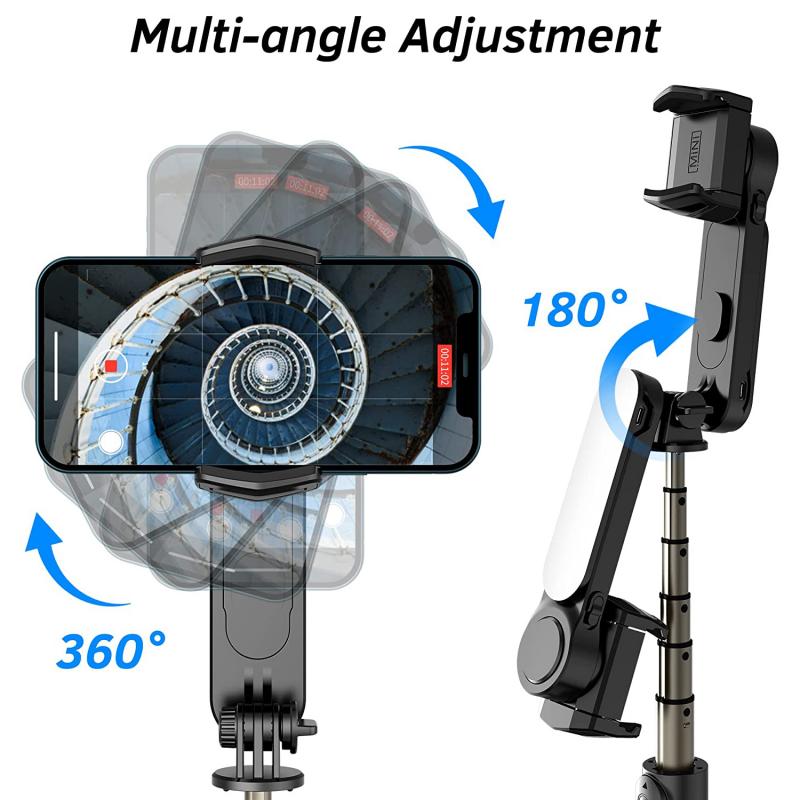
What is gimbal stabilization?
Gimbal stabilization is a technology used to stabilize cameras and other equipment to reduce unwanted movements and vibrations. It is commonly used in photography and videography to capture smooth and steady footage. The technology works by using a series of motors and sensors to detect and counteract any movements or vibrations in the equipment.
Types of gimbal stabilization systems:
1. Mechanical stabilization: This is the most basic form of gimbal stabilization, which uses a simple mechanical system to stabilize the camera. It is commonly used in handheld gimbals and is effective in reducing small vibrations and movements.
2. Electronic stabilization: This type of gimbal stabilization uses electronic sensors and motors to stabilize the camera. It is more advanced than mechanical stabilization and can effectively reduce larger movements and vibrations.
3. Hybrid stabilization: This is a combination of mechanical and electronic stabilization systems. It is the most advanced form of gimbal stabilization and is commonly used in professional-grade equipment. It can effectively reduce all types of movements and vibrations, providing the smoothest footage possible.
The latest point of view:
With the advancement of technology, gimbal stabilization systems have become more sophisticated and effective. The latest point of view is that gimbal stabilization is an essential tool for any photographer or videographer who wants to capture high-quality footage. The latest systems are more compact, lightweight, and easy to use, making them accessible to a wider range of users. Additionally, the latest systems are equipped with advanced features such as object tracking, time-lapse, and motion control, which allow users to create more dynamic and creative footage. Overall, gimbal stabilization is an essential tool for anyone who wants to capture smooth and steady footage, and the latest systems are more advanced and effective than ever before.
3、 Advantages of gimbal stabilization in photography and videography

What is gimbal stabilization?
Gimbal stabilization is a technology used in photography and videography to stabilize the camera and reduce unwanted movements and vibrations. It is achieved by using a motorized device that keeps the camera steady and level, regardless of the movements of the person holding it.
Advantages of gimbal stabilization in photography and videography:
1. Smooth and stable footage: Gimbal stabilization allows for smooth and stable footage, even when the camera is moving or the person holding it is walking or running. This makes it ideal for capturing action shots, sports events, and other fast-paced activities.
2. Professional-looking results: With gimbal stabilization, even amateur photographers and videographers can achieve professional-looking results. The smooth and stable footage makes the final product look polished and well-produced.
3. Versatility: Gimbal stabilization can be used with a variety of cameras, from smartphones to high-end DSLRs. This makes it a versatile tool for photographers and videographers of all levels.
4. Creative possibilities: Gimbal stabilization opens up new creative possibilities for photographers and videographers. It allows for unique camera angles and movements that would be difficult or impossible to achieve without the technology.
5. Time-saving: Gimbal stabilization can save time in post-production, as it reduces the need for editing out unwanted movements and vibrations. This allows photographers and videographers to focus on other aspects of their work.
In the latest point of view, gimbal stabilization has become increasingly popular in recent years, with more and more photographers and videographers using the technology to achieve professional-looking results. As the technology continues to improve and become more affordable, it is likely that gimbal stabilization will become even more widespread in the world of photography and videography.
4、 Limitations of gimbal stabilization technology
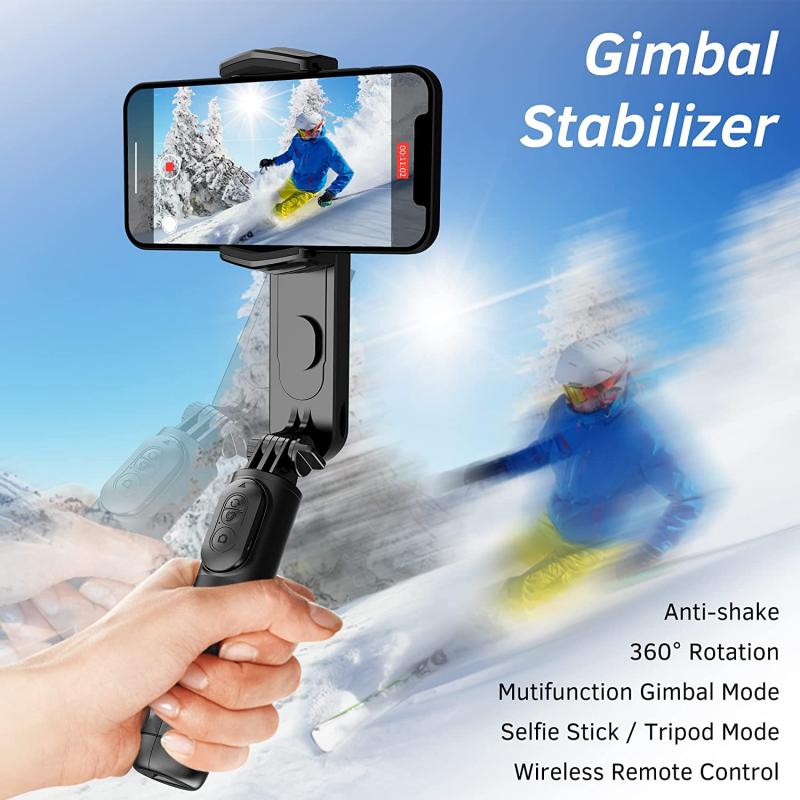
What is gimbal stabilization?
Gimbal stabilization is a technology used in photography and videography to stabilize cameras and other equipment. It involves the use of a three-axis gimbal, which is a device that allows the camera to rotate on three different axes while remaining stable. The gimbal is typically mounted on a handheld device or a drone, and it uses motors and sensors to keep the camera level and steady.
Limitations of gimbal stabilization technology:
While gimbal stabilization technology has revolutionized the world of photography and videography, it does have some limitations. One of the main limitations is that it can be quite expensive, especially for high-end models. Additionally, gimbals can be heavy and bulky, which can make them difficult to use in certain situations.
Another limitation of gimbal stabilization technology is that it can be affected by external factors such as wind and vibrations. This can result in shaky footage or blurry images, especially when using a drone in windy conditions.
Finally, gimbal stabilization technology is not foolproof and requires some skill and practice to use effectively. It is important to understand the limitations of the technology and to use it in conjunction with other techniques such as proper camera settings and composition.
Latest point of view:
Despite these limitations, gimbal stabilization technology continues to evolve and improve. Newer models are becoming more lightweight and compact, making them easier to use in a variety of situations. Additionally, advancements in sensor technology and software algorithms are helping to reduce the impact of external factors such as wind and vibrations.
Overall, gimbal stabilization technology remains an important tool for photographers and videographers, and its limitations are being addressed through ongoing research and development.


